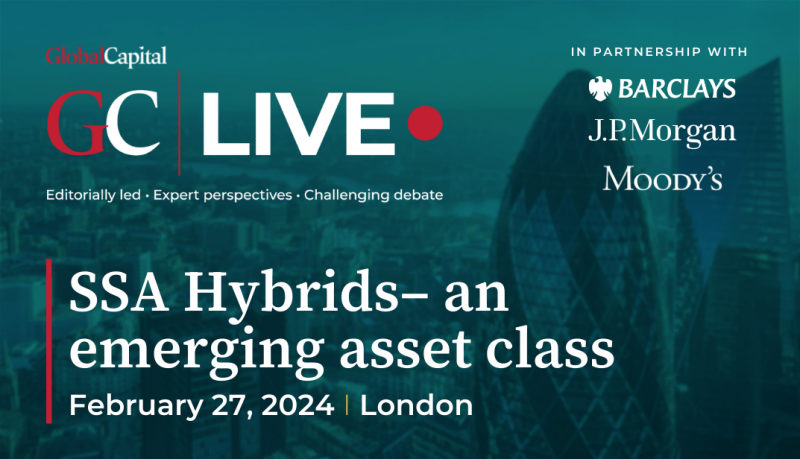
Mathematicians, it is said — at least in one vein of jokes — look down on physicists for their lack of precision; physicists sneer at engineers for the same reason.
However, for all the first two groups' pride in their accuracy, it is the engineers that matter in real life. Their work determines whether — as happened in the south of England this week — landslides stop the trains running, or more dramatically, whether bridges withstand high winds and ships stay afloat in storms.
Similar reasoning applies to hybrid capital for multilateral development banks. For all the finely detailed work put in over months and years to building the perfect instrument, the real test will be a more brutal one. The investors of hybrid capital must now wait, like engineers, to see whether their creation works in tough market conditions rather than just on paper, or when the sun is shining.
Back in 2021, the G20 questioned whether MDBs were being too conservative with their capital, underusing their capacity to lend to developing countries.
In the years since, a consensus has been reached that that yes, they were — and that raising hybrid capital was a fine way to address the problem.
The result has been vast amounts of intellectual time and energy spent on the technical details of the first few deals, most notably the first publicly sold version from the African Development Bank in January — a $750m 5.75% perpetual, callable after 10.5 years.
Rating agencies, hybrid capital experts, funding officials, portfolio managers, credit structurers and more debated all the features that such a deal would need to contain — what were the appropriate triggers for writedown? How would the market view the likelihood of the bonds being called? How should all of these risks be priced? — and more besides.
A book of over $5bn at reoffer from around 300 investors suggests the boffins got it right. Further confirmation is that the deal has traded stably to slightly tighter since.
But as engineers know, any half decent construction will hold up in good weather. When the storm hits is when you find out the unknowable — whether your structure survives.
Hold on to your seats
So it will be with SSA hybrid capital. The market has been benign for bonds so far this year. The anticipation of interest rate cuts to come, with no new crises, means demand is high. Therefore, the chance to buy AfDB bonds at around 150bp over swaps when its senior paper trades more than 100bp tighter is alluring to many.
Other supranationals might expect to win similar oversubscription if they bring hybrid deals, other things being equal.
But will investors still be as eager when something happens that scares the market and credit spreads fall out of bed?
Corporate and bank hybrid capital is notoriously 'high beta', or prone to market-induced price swings.
If credit indices gap out 50bp or 100bp, will the AfDB hybrid suddenly look less like an iconic, market-opening product, and more like something that carries real risk — at least of price volatility?
At that point, the new investor base assembled for this deal will come under scrutiny. Half the paper went to hedge funds and specialist credit funds. The lead managers zeroed about a third of the book and tried to ensure the least stable investors were left out. But will these investors stick with it when the wind blows? Not every account allocated bonds is likely to prove a buy and hold investor.
Some investors — including some that held back from buying the AfDB deal at new issue — are hoping rough weather will allow it to shine.
If, when hybrids generally slide wider, the safe haven appeal of a triple-A rated SSA issuer keeps the AfDB's deal tight — and those of other issuers, if they have been publicly sold by then — the instrument could win some new fans.
More investors may then gain confidence to buy the debt — if it has cheapened a little, that would make a steady product even more of a bargain. And so a virtuous circle could begin.
We may wish such a day of angst never comes, but inevitably it will. When it does, issuers, dealers and investors will watch it with great interest.
For all the time and money spent drawing up the perfect blueprint, building the vessel in a dry dock and launching it to cheering crowds, whether it can traverse rough seas once far from shore, or buyers abandon ship, will be the truest indicator of whether this nascent asset class can deliver for the multilaterals, their shareholders and the developing world that needs them.
GlobalCapital hosted its second GC Live event on February 27, discussing SSA hybrid capital. The transcript of the first discussion from that event will be published on globalcapital.com in due course

